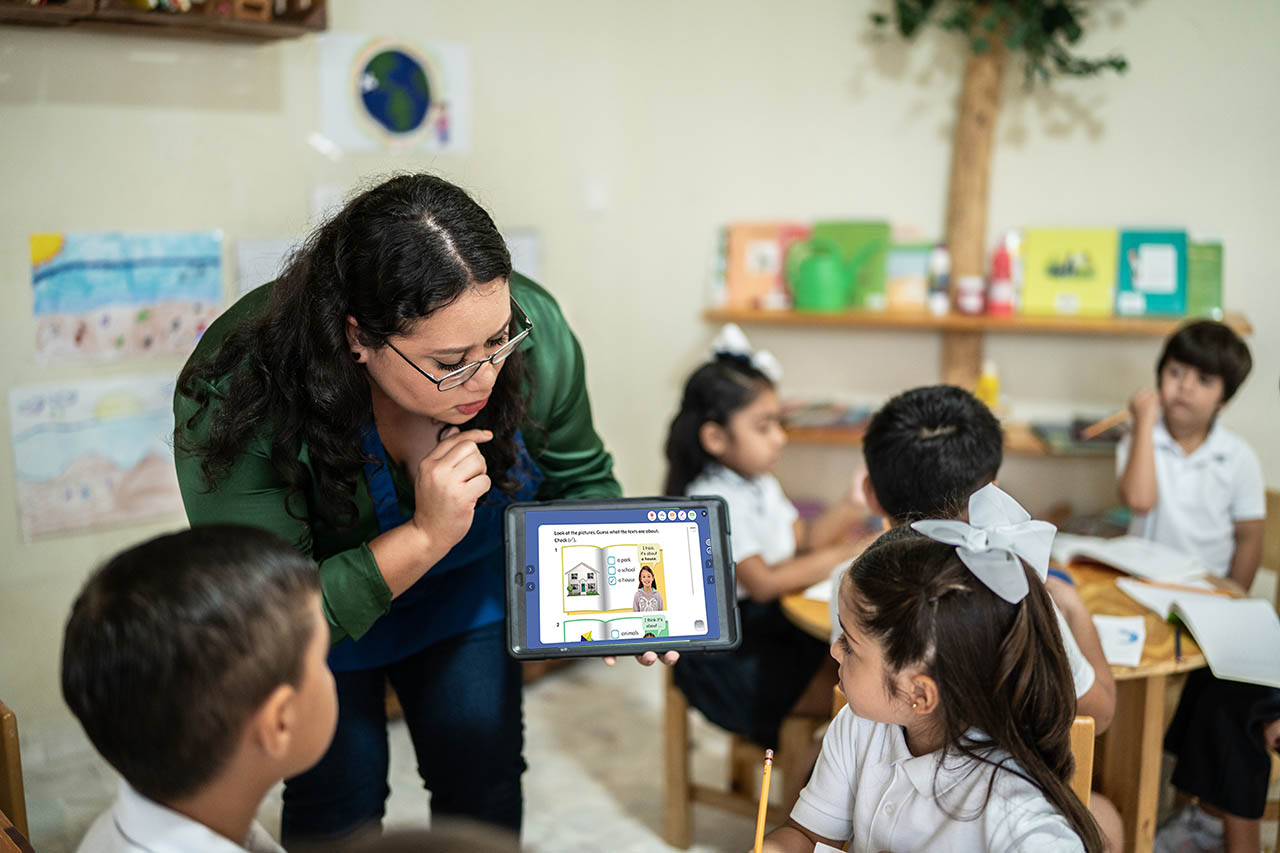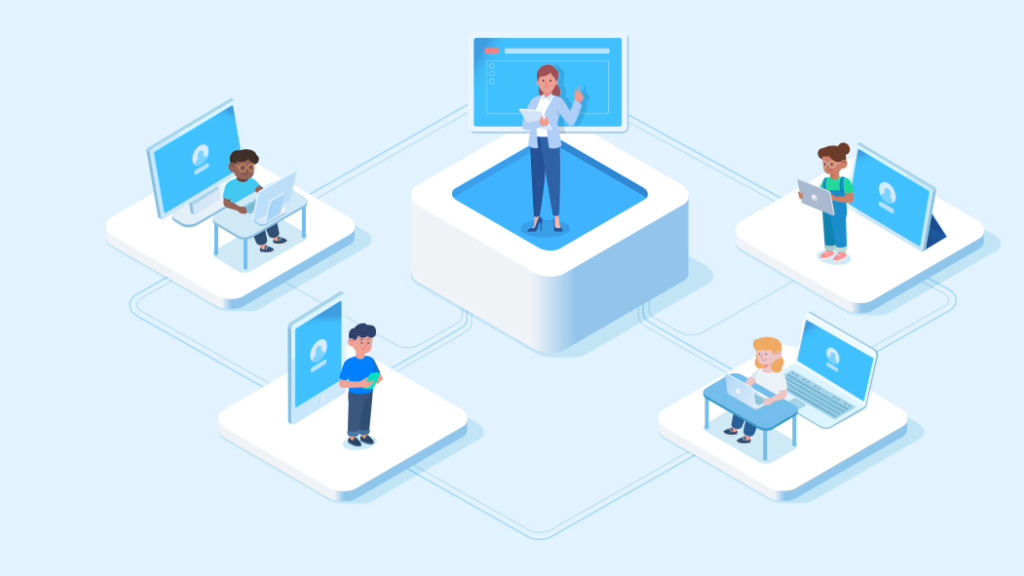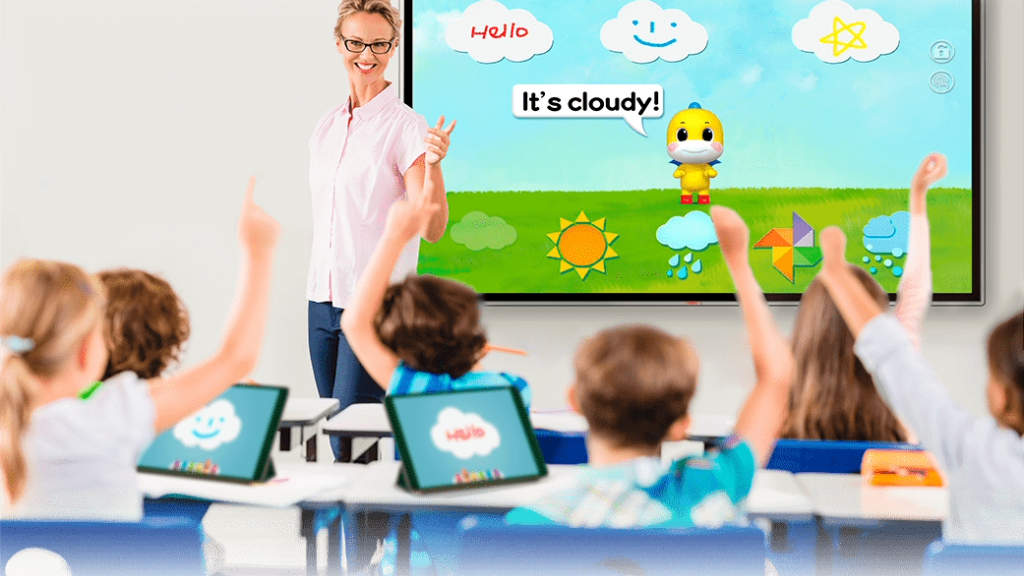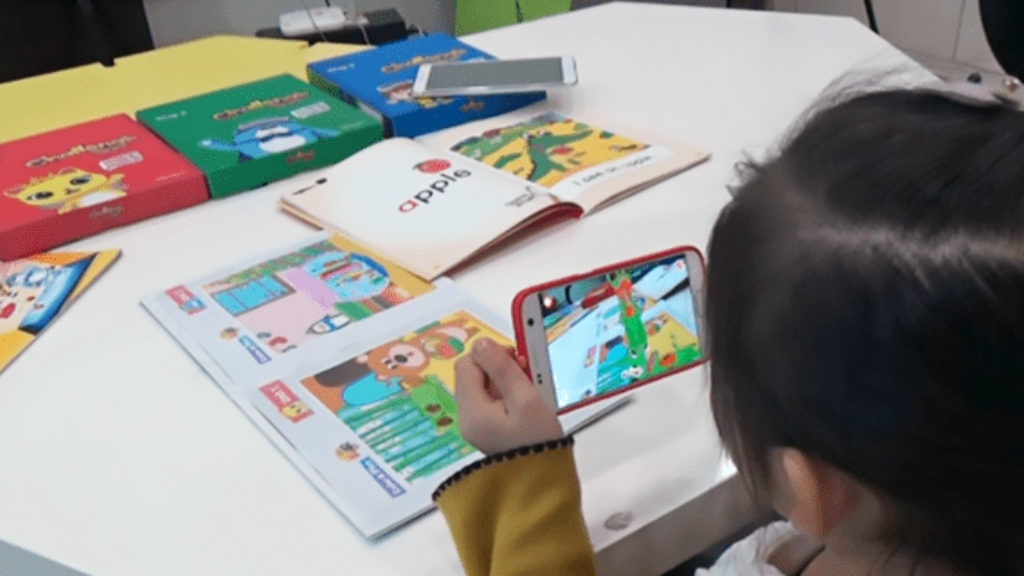Many teachers have proposed different methods related to ESL and EFL. However, not all methods have been successful and therefore have been replaced by new methods. Experts have also noted that “frequent paradigm shifts in second and foreign language teaching have slowed the development of language learning.” None of the methods were absolutely effective, so teachers had no choice but to try and compare different methods. So what should EFL teachers do, aside from investing time and resources in various methods? This article describes the DOs and DON’Ts recommended by teachers who have taught EFL in different countries. Not everything is revolutionary, but we think it will be an effective guide for teachers of English as a foreign language.
EFL teacher’s mindset
Thorough class preparation
EFL teachers need to create a thorough lesson plan before meeting with students. A thorough lesson plan helps the teacher think through the different phases of the lesson and ensure that all phases are logically connected. This helps to ensure that the lesson is interesting for the students and that the students can follow the teacher’s directions.
You must also ensure that the lesson meets the needs of the students. Thorough lesson planning allows teachers to take into account the different English proficiency levels of the class and develop activities that are appropriate for all students. This helps all students participate in class and improve their English skills.
If you do not have a clear lesson plan on paper, you need to make sure you have a plan in mind. You need to know how long each activity will take and have extra activities ready in case you have more time. And no matter how well a lesson is planned, things can always go wrong. A thorough lesson plan helps teachers prepare for the unexpected and provide alternative activities. This way, even if something unexpected happens, the lesson can go smoothly. If a lesson you have prepared does not work, do not be afraid to change it.
Creating lesson plans can save teachers time and energy in the long run. Thinking ahead can save teachers time during lessons. That’s because you do not have to worry about what to do next or how to explain it to your students.

EFL teachers who want to create thorough lesson plans should consider the following points.
- Begin by clearly defining the learning objectives for your course.
- Consider the level of English proficiency of the students in your class to develop activities that are appropriate for everyone.
- Engage students with a variety of teaching methods and activities.
- Provide students with clear instructions and feedback.
- Evaluate lessons and make bold changes for future lessons as needed.
Explore the classroom
We cannot stress enough the importance of knowing your students’ names. If you memorize their names early on, you will have a better handle on the class and gain more respect. If you are one of those people who has a hard time remembering names, take a picture of the students holding a card with their names on the first day of class. You can impress them by showing that you know all their names in the second class.
Why are the students learning English? What do they need to learn, and how will they use English in the future? Always consider the needs of the learners when preparing each lesson. If the students in your class aspire to study at an American college, you need to bring them up to the advanced level of academic lectures and reading. However, if they are not interested or do not realize that they will need English in the future, the advanced courses mentioned above may not be necessary. Instead, you can make the lessons more interesting and keep their attention by teaching them to converse or write letters in English.
You also need to find out what the learner already knows. In a monolingual classroom, for example, the learner’s culture can be a valuable teaching tool. You should also clearly explain what you want your students to learn in class. That way, they know what they are doing and why. A clear and transparent lesson structure gives students a sense of purpose and strengthens their concentration.
Teacher-student interaction in EFL lessons
Communication
Teachers should treat students as individuals, not subjects. Talking down to them or disrespecting them can cause resentment among students. Even if they are children, you need to treat them like adults and talk to them so that real communication can take place. Students want to talk to their teacher first and foremost. You must not overdo it with group work so that students have the opportunity to talk to you. Allow time for free communication. Allow time for free conversation, free writing for the sake of writing, reading for the sake of reading, and listening and talking together.
Make it a habit to make your students laugh at least once in class. Sit with the group occasionally to observe and talk with them. Interact with students by walking with them from time to time, listening to them, and observing them. Whenever possible, keep instructions brief and clear, demonstrating rather than explaining. However, depending on the topic, you should speak between 5% and 30% of the class. If you are speaking or writing, anything over 10-15% may be too much. Most lessons should be student-centered, not teacher-centered.
If you do not speak at a natural pace, it may be difficult for students to understand proper English. If you speak too easily, student comprehension will be affected. Prepare several scripts of moderate complexity and repeat them as needed. Observe their facial expressions and reactions. Can they understand you? Always try to keep abreast of what is going on in the classroom. If two students are sitting together on one side, pay attention to what is happening in the other group as well. Maybe there is a group on the other side of the room that is confused and does not know what to do.
Below are some other tips for smooth communication with students.
- Respect slow learners as well as fast learners. Language learning is not about intelligence. It is important to emphasize that students are making progress.
- Praise students when they do well and encourage them when they do not.
- Sometimes you need to be a coach rather than a teacher. Encourage students to be more active.
- Shy and introverted students can not change their personalities overnight to learn English. Give these students opportunities to speak in small groups, but do not expect them to answer out loud in front of the whole class.
Learning progress management
Even if you overemphasize grammar in class, students may not understand it 100%. If students think they can correct their own mistakes, help them control themselves rather than correcting them on their behalf. You can also turn familiar teaching points into activities with a game or competition aspect. Incorporating game content into lessons can be a sure way to motivate students and make lessons more lively. When you offer a variety of fun topics and activities, students will be more motivated, interested, and practice more.

EFL with EdTech
Gamification
EFL teachers are encouraged to provide and implement more structured activities than free and open activities in the classroom. However, if all educational activities are structured activities, students may lose interest. So you can turn teaching points into games or competitive activities. This is a sure way to motivate your students and bring your classroom to life. When you offer activities with various fun topics, students are more motivated and interested. Therefore, they will practice more, and their skills will improve quickly as they become familiar with English.
Content
Most textbooks contain the same major features, grammar, and vocabulary in a boring pattern. The main reason for this is that research on textbooks is not done. It also sometimes dilutes material to an unnatural degree. This is because publishers strive to create universal study books. It is the teacher’s responsibility to add additional vocabulary, skills, grammar, or topics that students feel they want or need in the learning process.
We agree that listening is the most important skill to teach students. Listening to each other and the teacher improves overall listening skills, but it is difficult to see that this can replace the true function of English listening. Strive to expose students to authentic English in as many situations as possible. The best and most realistic way to do this is through video. It builds cultural competencies as well as motivation while improving listening skills rather than just listening to audio files in the classroom.

An effective solution to support the work of EFL teachers
Why should EFL teachers use EdTech?
- Mobile popularization
Students always have their phones in hand. Education can expand in this interconnected world. - Interesting classroom
Make your classroom more visual, varied, and interactive. - Save teachers time
You can save time creating additional support resources. - Create engaging lessons that can be done anytime, anywhere
Empower learners to leave the traditional classroom and learn anywhere.
VISANG EDUCATION presents a new vision of the future through innovative standards and educational models. We also focus on nurturing future talents in Korea and around the world through cutting-edge technology.
The AllviA solution developed by VISANG EDUCATION has many resources that teachers who teach EFL can actively use. For example, Oxford Discover includes an ebook that makes it easy for children to learn grammar, reading, listening, and speaking. In addition, Wings can conduct interactive lessons by using animated content and characters to communicate with students. Students can break away from difficult and rigid grammar books and start lessons with colorful new EdTech content.
Actively use the various features of AllviA in your EFL classes. It effectively improves the learning outcomes of students learning English for the first time.
- Prepare lessons based on classroom exploration results
- Depending on the teaching style and level of the students, various digital learning content is available.
- ELiF, for example, is a knowledge-based digital learning program for English at the elementary level that aims to develop language skills and life skills.
- Lesson preparation with digital devices allows teachers to prepare lessons for the next lesson, and learning outcomes are analyzed in real-time to provide information and make decisions about the direction of instruction.
- Active communication and learning progress management
- AllviA is an educational platform you can access anywhere.
- Comprehensive support for teachers, including a powerful LMS.
- The features of AllviA’s LMS can help schools with their work. It can automatically analyze student weaknesses and generate reports based on student performance at each stage of learning.
- Multimedia content
- We use digital devices to help students focus on lessons without being easily distracted, improving student achievement.
- The Wings solution includes learning elements such as study words and conversation, as well as interactive learning content such as 60 projects to spark interest.
- It also uses 3D animation to deliver digital learning content optimized for preschoolers.
In summary, it has become a trend for EFL teachers to use EdTech to improve learning efficiency. The more students there are in the classroom, the more difficult it is for the teacher to control them. Therefore, teachers need to use EdTech which includes various multimedia content to make foreign students interested in learning English and enjoy it.







